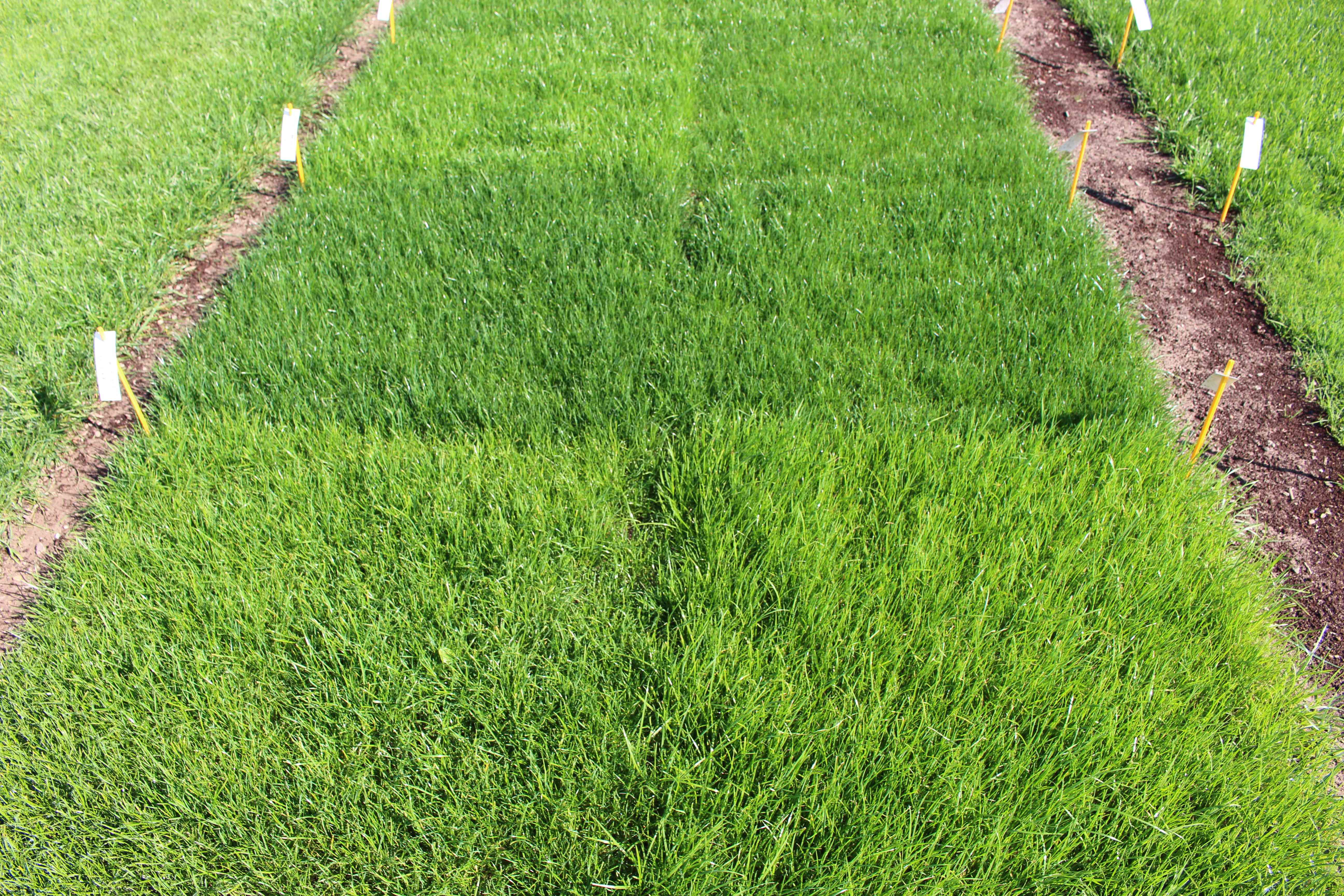The main lawn grasses
Not all lawns are the same.
Lawns are usually made up of a mixture of several different types of grass, which differ from each other both visually and with regard to their specific properties. Some grasses, for example, are particularly hard-wearing, while others require extra care and have special needs with regard to location and soil.
The most important species are:
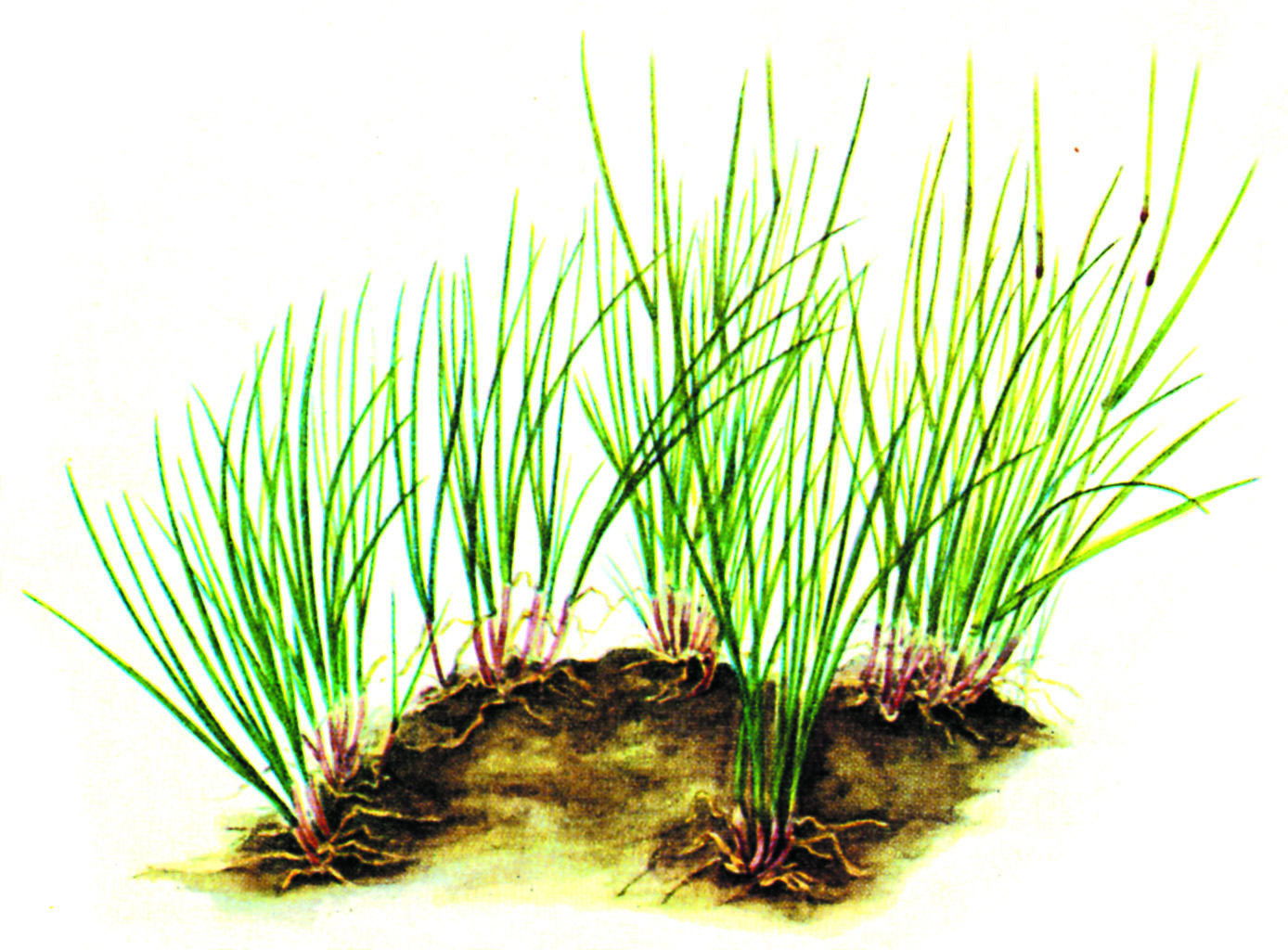
Creeping red fescue (Festuca rubra rubra)
The creeping red fescue spreads by means of underground stolons (rhizomes) and is therefore able to close gaps. Creeping red fescue also thrives at higher, colder altitudes and in lighter soils. Its leaves are darker than those of the Chewing’s fescue. It is used in the same mixtures as chewing fescue.
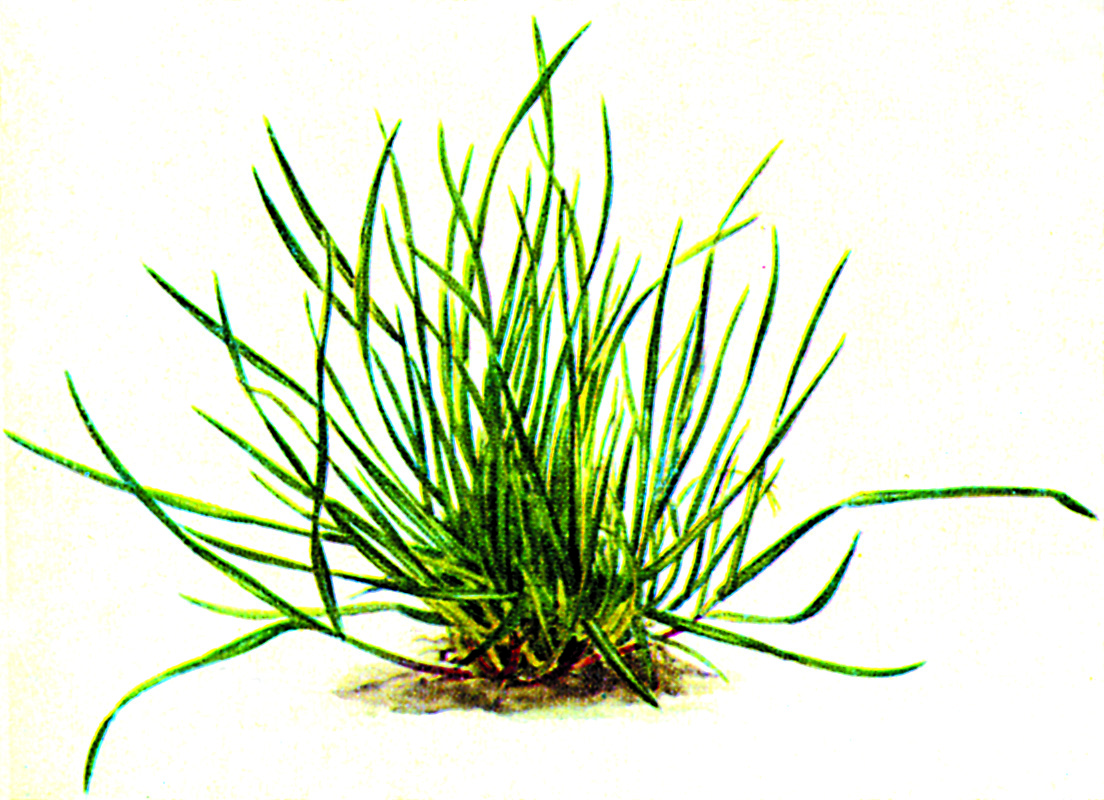
Perennial ryegrass (Lolium perenne)
Perennial ryegrass is one of the most important types of grass used in lawns. It prefers fresh, nutrient-rich soil and is characterised by rapid germination and very rapid youth development. It forms a dense sward, is very hard-wearing and quickly renews itself after heavy use. Perennial ryegrass – Lolium perenne – is very well suited for heavily used areas such as soccer fields, playgrounds and sunbathing areas. In addition to the location, a very good supply of fertiliser and water is decisive for its growth.
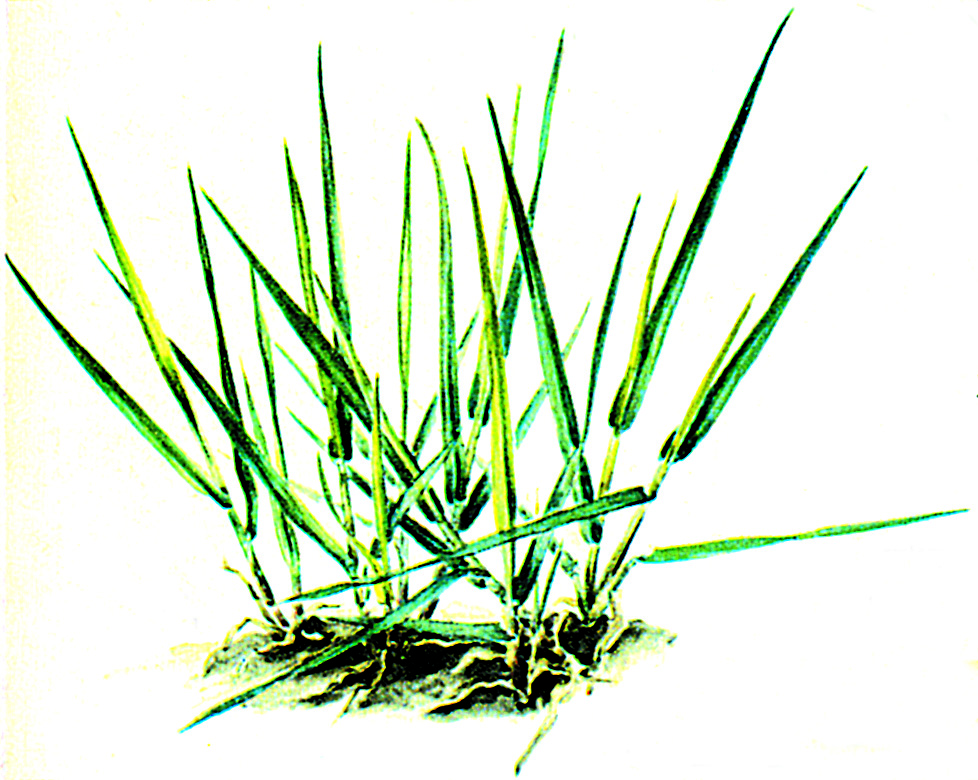
Creeping bentgrass (Agrostis stolonifera)
Bentgrass spreads by means of above-ground creeping shoots of varying lengths that root at the nodes and form daughter plants. As a result, it is able to fill in patchy areas very well and under optimal conditions it is a very aggressive species. It forms dense, homogeneous swards that tolerate deep cutting very well. Bentgrass is mainly used on golf courses and decorative lawns.
Chewing's fescue (Festuca rubra commutata)
Chewing’s fescue forms low, dense clumps with very fine leaves that form fine, dense swards. It has low demands on the nutrient supply and can survive longer periods of drought undamaged. Chewing’s fescue is mainly used for decorative lawns, utility lawns, golf greens and landscaping.
Slender creeping red fescue (Festuca rubra trichophylla)
The slender creeping red fescue (hairy red fescue) is an intermediate form between chewing’s and creeping red fescue and forms short underground stolons (rhizomes) that enable it to close gaps. The leaves of the slender creeping red fescue are dark green and very fine. It is the hardiest and most enduring of the red fescues and is also relatively tolerant of salt. The slender creeping red fescue is mainly used in decorative lawns and golf courses.
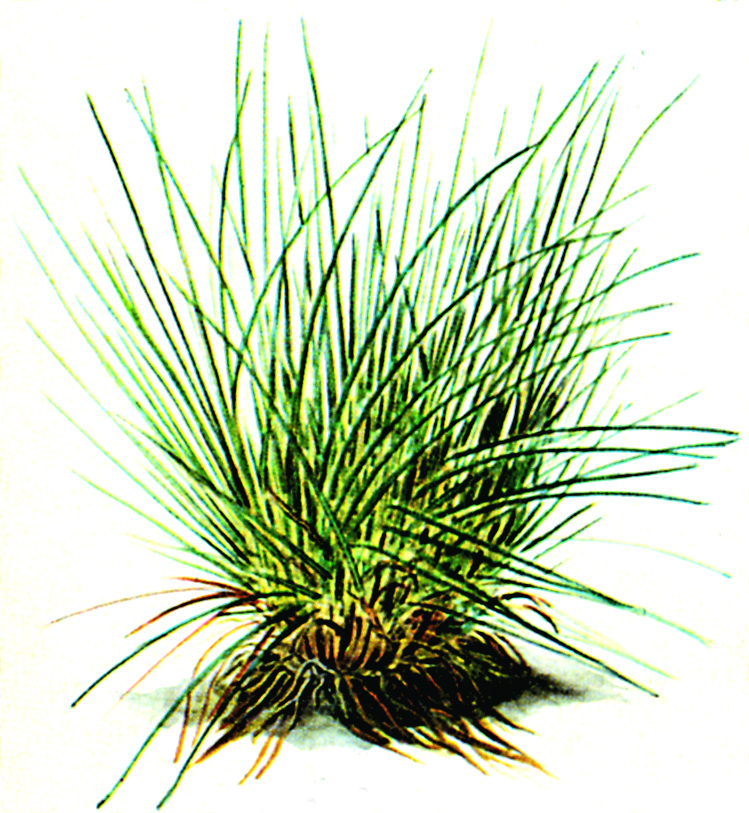
Hard fescue (Festuca trachyphylla)
The hard fescue is an undemanding tussock grasses with grey/blue-green bristly leaves that form a relatively loose sward. It is persistent and prefers light, dry and nutrient-poor soils. Tough fescue tolerates some partial shade and requires medium care intensity with not too frequent trimming. The hard fescue is the most important species for extensive greening such as landscaped lawns, roadside greenery, embankments etc.
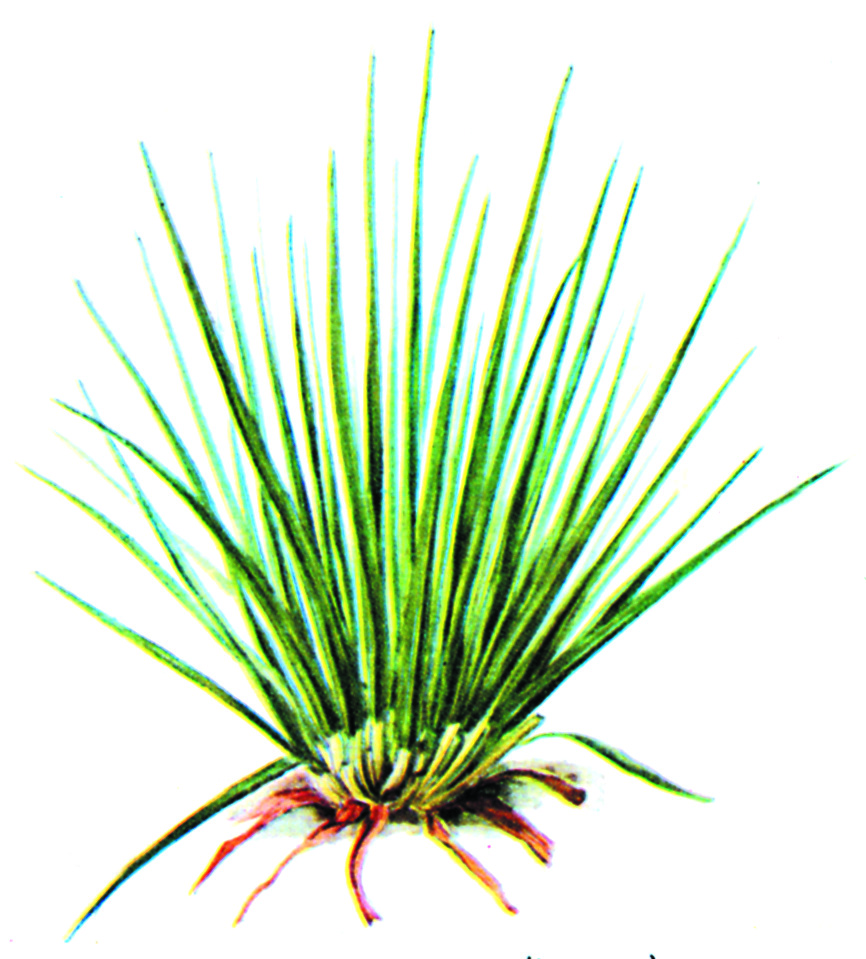
Tall fescue (Festuca arundinacea)
Tall fescue forms strong, persistent clumps, some with underground shoots. It has relatively coarse leaves and is not considered an ornamental grass. Tall fescue is well suited for use in very dry locations, but this species is also very adaptable in wet and shady areas. Tall fescue is very robust and therefore also well suited for hard-wearing areas (e.g. horse racing tracks), but should not be mowed too short there.
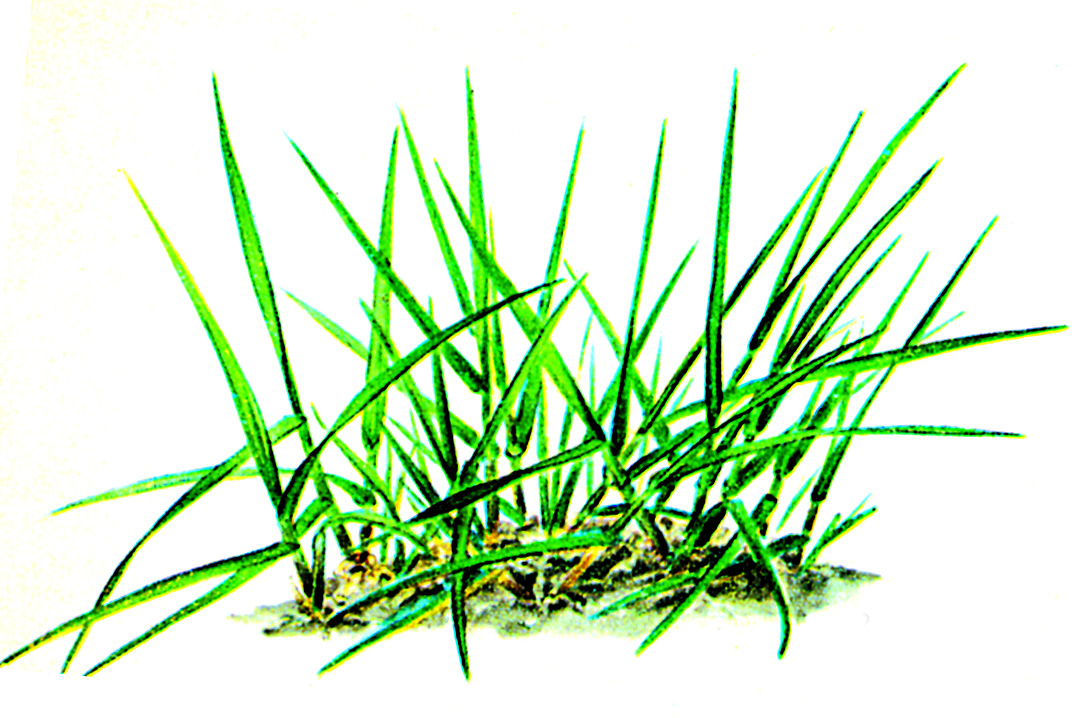
Bentgrass (Agrostis capillaris)
Bentgrass forms dense to loose clumps with short aboveground and underground runners. It is a perennial species with fine leaves that is native to nutrient-poor, acidic soils and meadows, but also to higher elevations and partially shaded areas. Bentgrass forms hard-wearing, homogeneous swards that tolerate deep pruning very well, provided there is an adequate supply of water and nutrients. The main area of application for bentgrass is golf greens and utility lawns.
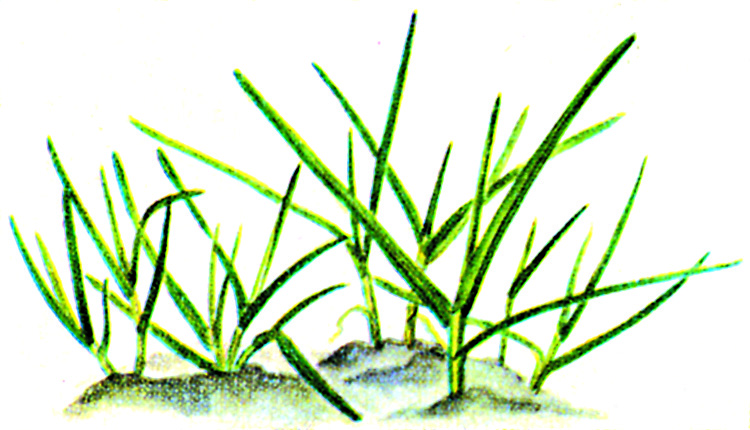
Smooth-stalked meadow grass (Poa pratensis)
Smooth-stalked meadow grass is the second of the very hard-wearing lawn grasses. It is an important part of sports and playground turf and also grows better in moist soil. Since smooth-stalked meadow grass forms runners underground, so-called rhizomes, the swards have higher proportions of meadow grass and characterised by high shear strength. In contrast to perennial ryegrass, smooth-stalked meadow grass is slower with germination and early development and therefore only has a stronger sward in the year after sowing.

